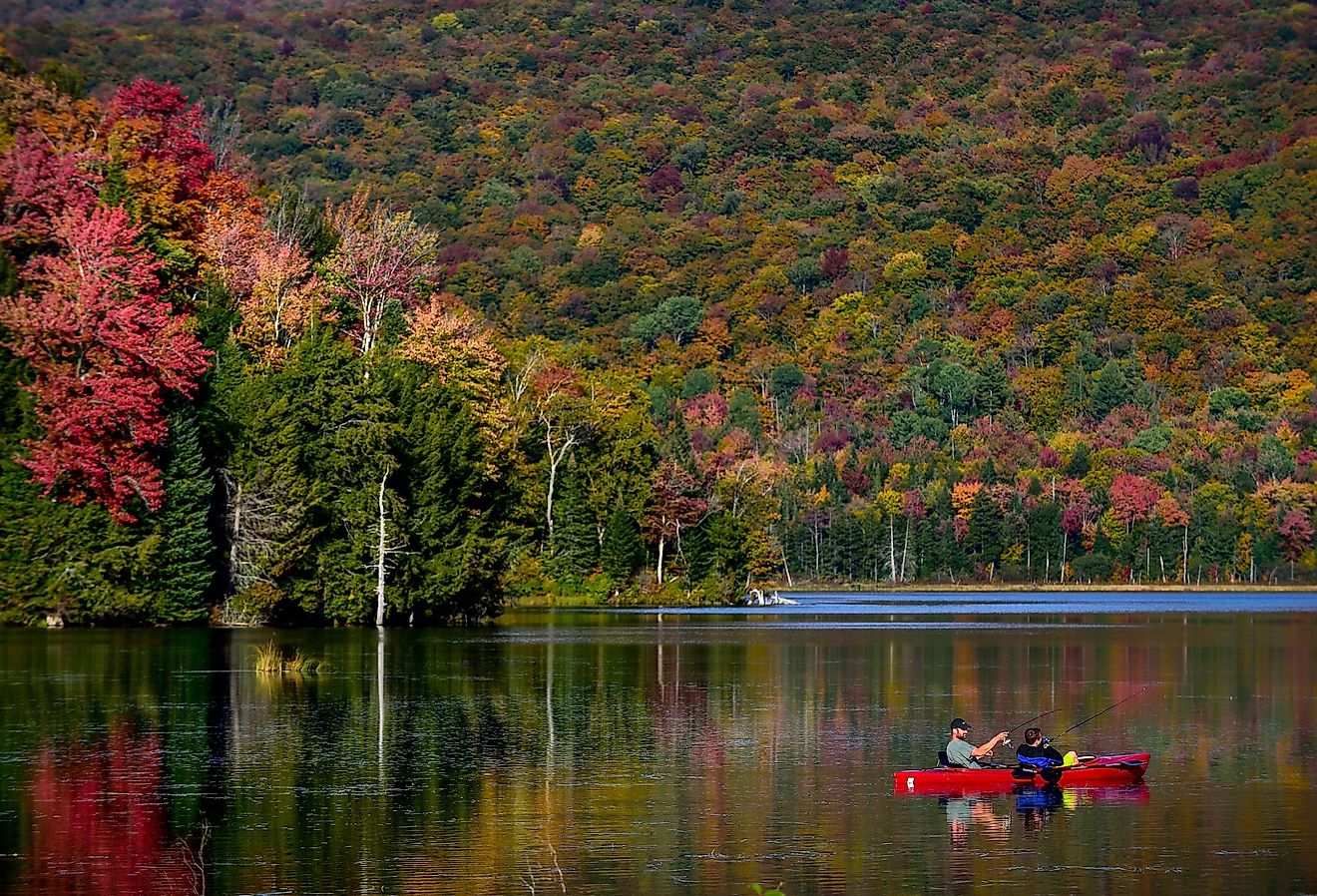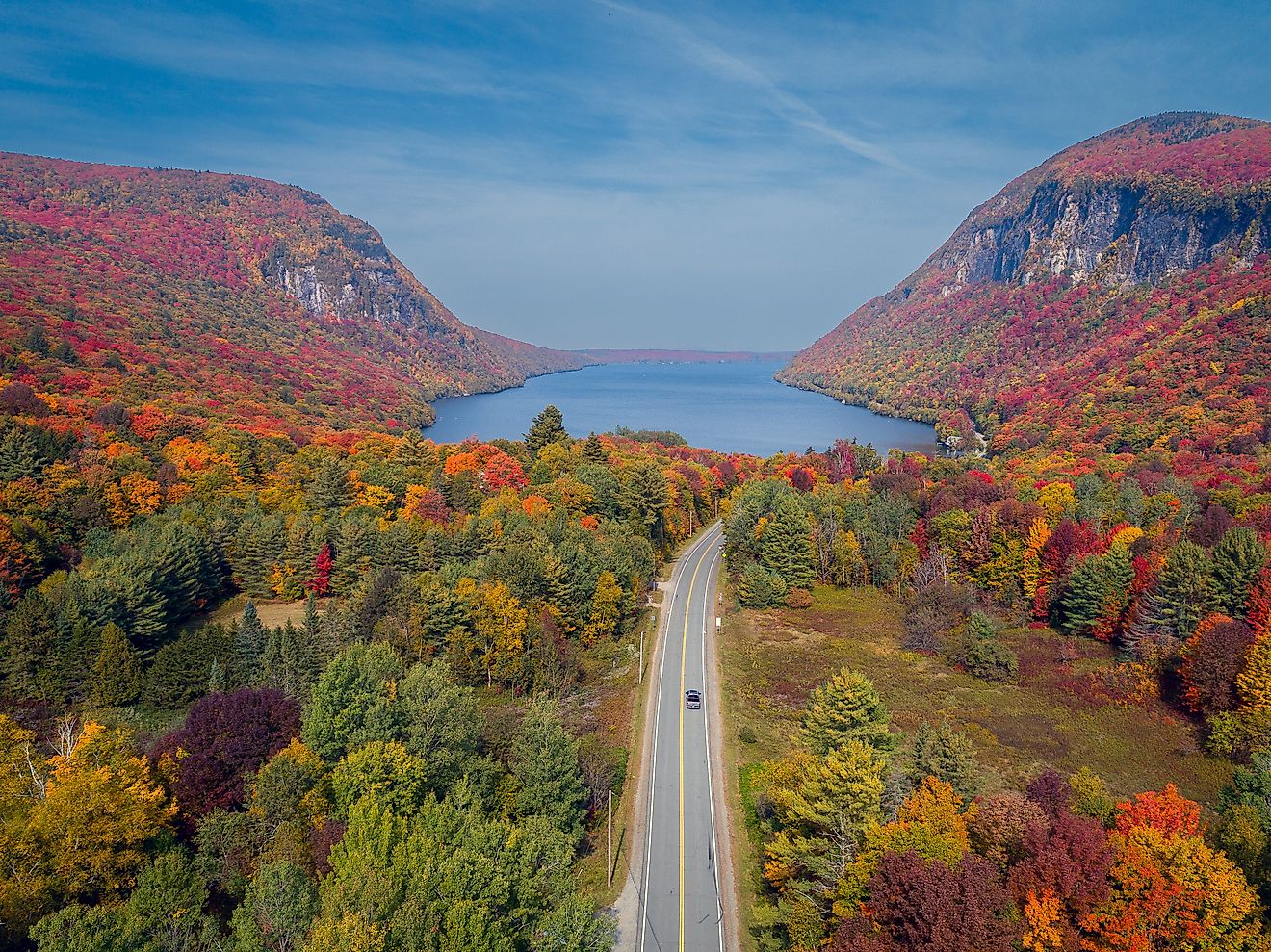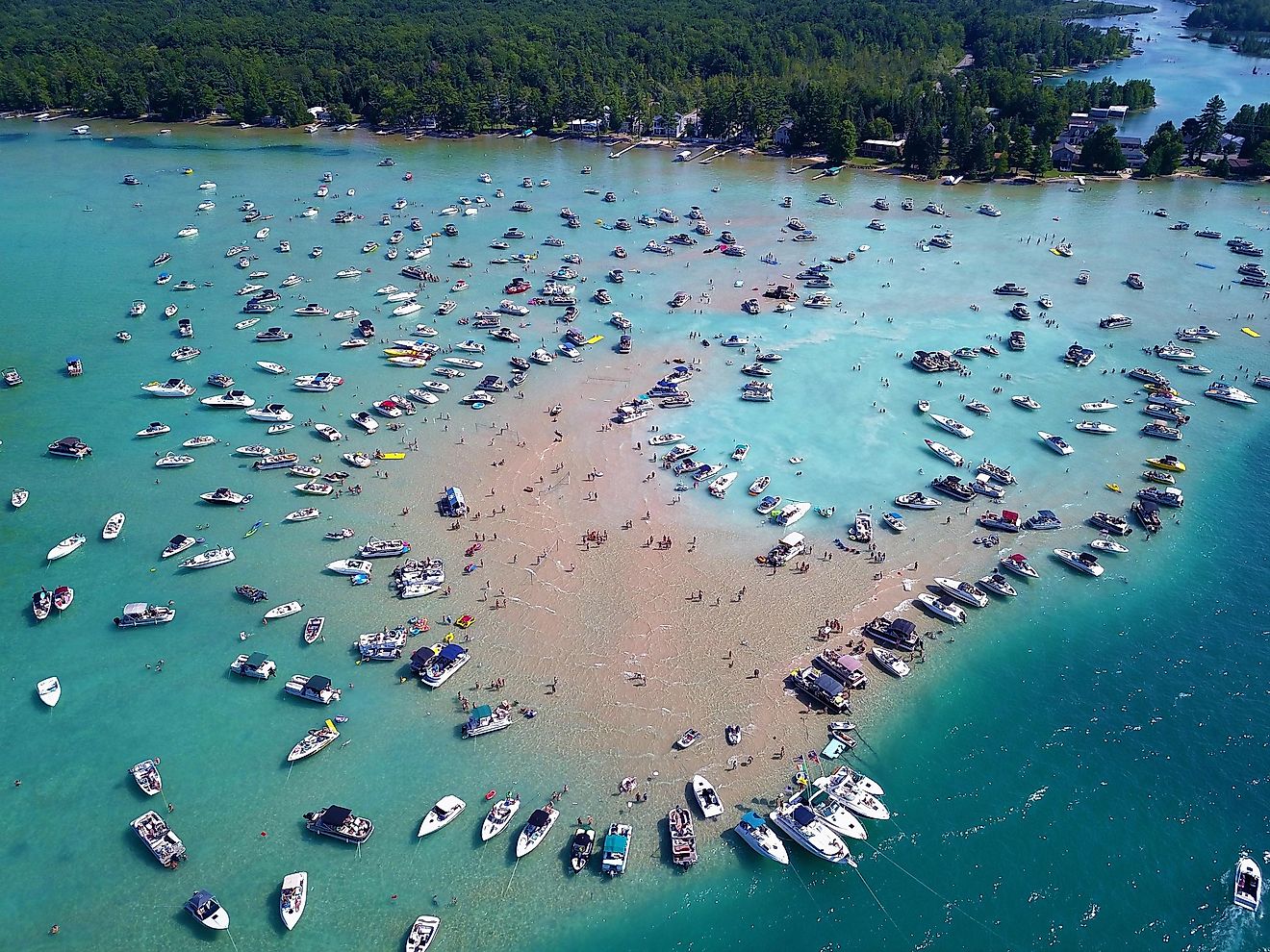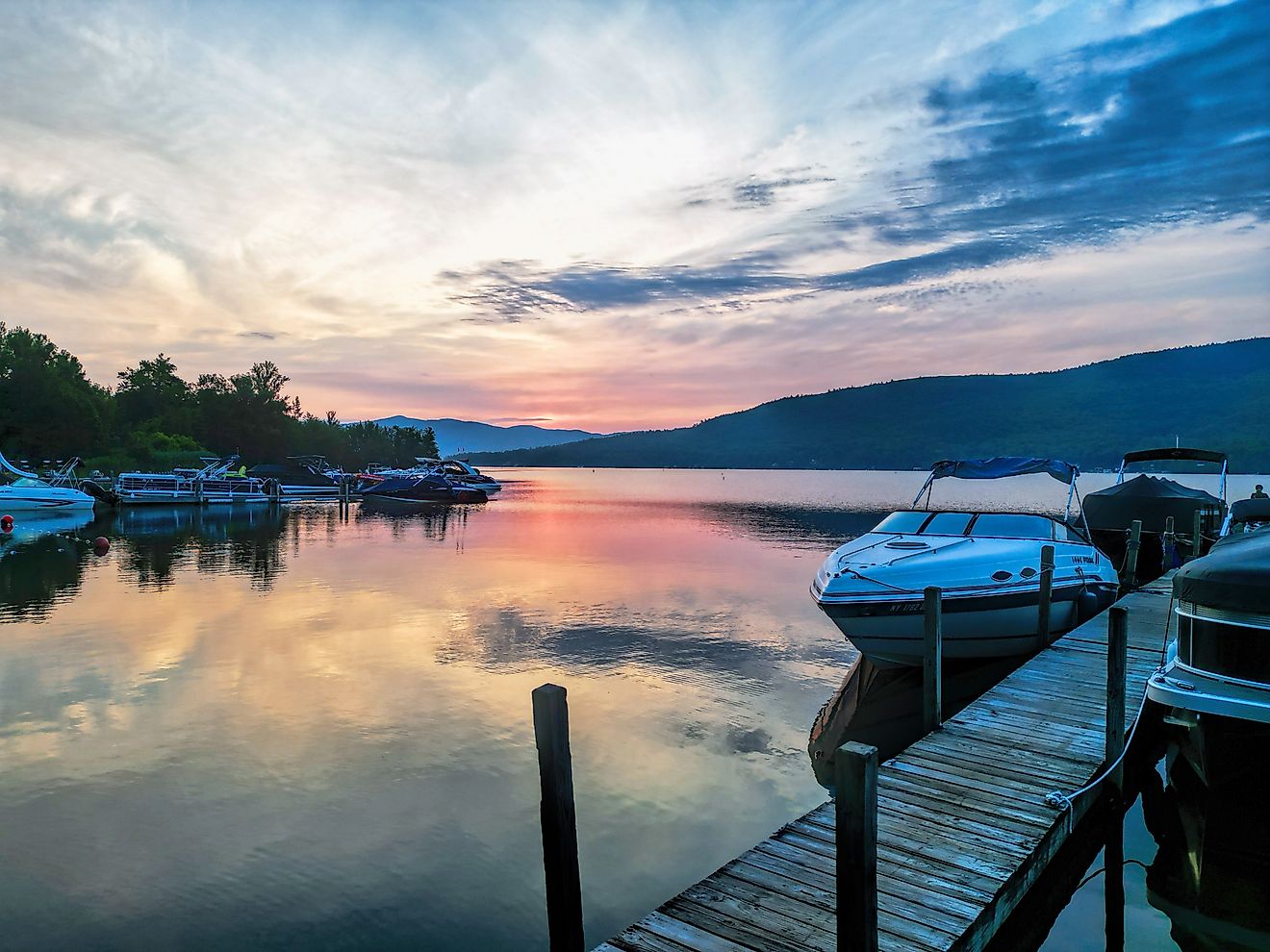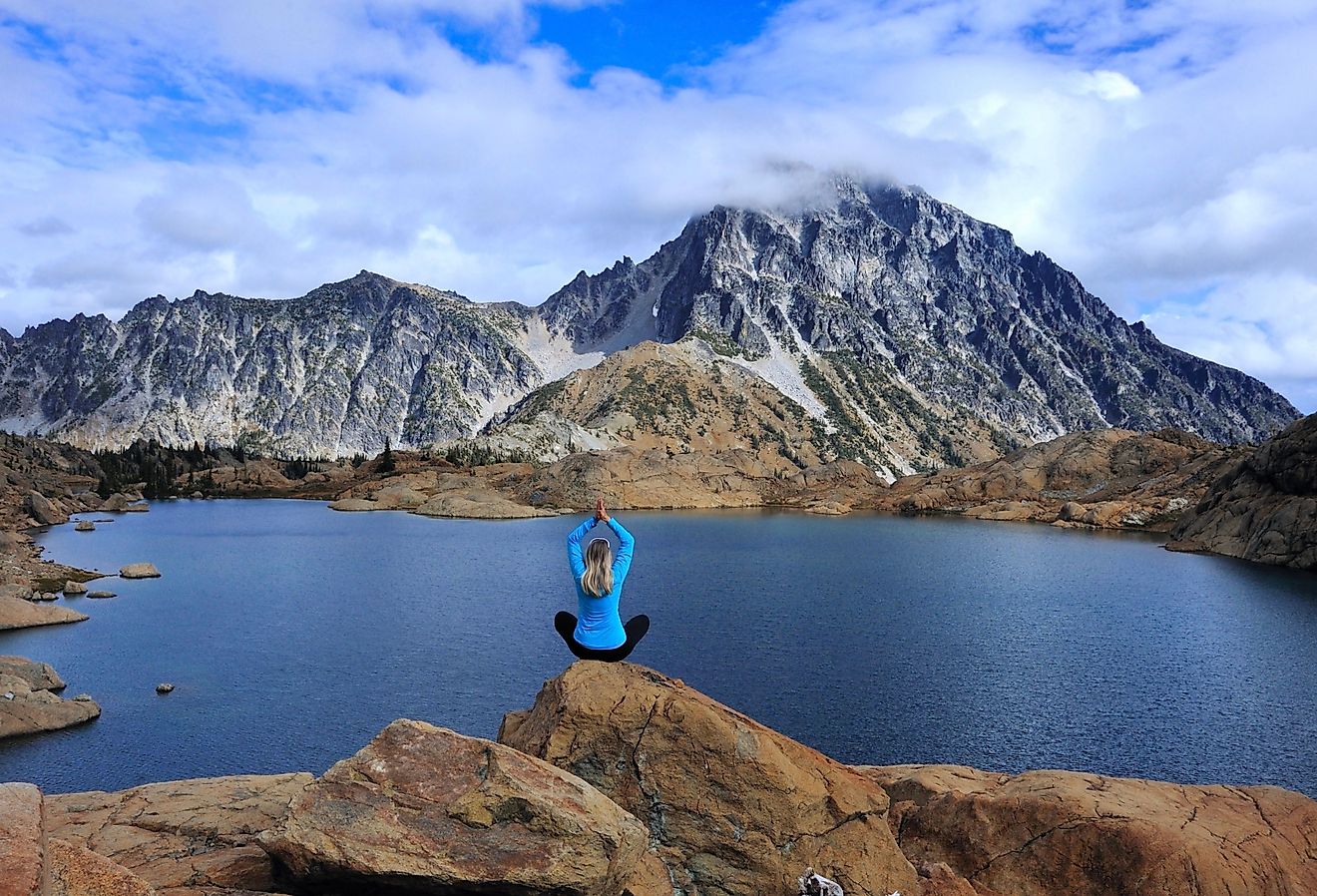
Feodosiyskiy Bay
The Feodosiyskiy Bay is unique because unlike most bays, it is actually a gulf. It is popularly known as the Feodosia Gulf, a part of the Black Sea. Its titular town Feodosiys'ka Zakota takes position at the lower western side of the water formations. There are diverging terms that apply to this body of water, including gulf and bay.
Its average depth is approximately 28 m, with a maximum length and width of 13 km and 31 km, respectively. As it abuts many nations, there are different ways to refer to the body of water. Common ones include the Gulfs of Feodosiya, Fyeodosiya, and Theodosia. It is a part of the Crimean trading area, with its commercial port processing as much as two million tons of cargo annually.
Where Is Feodosiyskiy Bay?

Feodosiyskiy Bay has a unique position, with global landmarks just off its shore line. It is closest to Bucharest to the west and Ankara, the capital of Turkey, to the south. Further north than the other nearby locations are the cities of Kyiv and Kharkiv in Ukraine, with South Ossetia on its eastern side. Feodosiyskiy Bay falls under the purview of the Crimean Peninsula, and its political jurisdiction is currently under Russian occupation.
Climate Of The Feodosiyskiy Bay

The climate in the Feodosiyskiy Bay includes dry yet warm summers, with mainly open skies. Its temperature extremes vary from -9°C to 34°C. During the winters, the area features sharp winds and heavy snow. The cold season is the longest part of the year, making the ideal time for swimming from July to early August. Its temperatures mirror the Ukrainian climate, allowing for warm summers and chilly winters.
Geography Of The Feodosiyskiy Bay

As a part of the Crimean system, the geography surrounding the bay mirrors the area. The coastline is generally rugged, but its position near the Black Sea gives it a mild climate that encourages tourism. Feodosiyskiy Bay is a beautiful area, with pleasant waters and idyllic views of the mountains. These sights, along with the various inlets that comprise its shoreline, make it an aesthetically attractive body of water.
Flora And Fauna In Feodosiyskiy Bay

The flora in Feodosiyskiy Bay is essential to the ecosystem, particularly given the area's focus on fishing. The flora is vast, but mostly comprises of seaweed of varying species. The area also is home to various sea grasses and insects, all of which serve as support for the local aquatic and land-based animals.
Its proximity to the Black Sea makes it home to a variety of endangered species, including the bottlenose dolphin. This area is also home to the Caspian seal, which is the only known species to reside in these brackish waters. It is home to a wide variety of fish and molluscs. On land, the fauna includes foxes, boar, and a host of seabirds.
History Of The Bay Of Feodosiyskiy Bay

Once known as Theodosia, the area possesses a recorded history going back millennia. There is clear evidence of inhabitants since the 6th century BCE. Its value as a trade route, combined with its access to vast amounts of wheat and art, made Feodosiyskiy a valuable location for many settlements.
In 1453, on the shores of the Feodosiyskiy, the Kaffa trading post came under Turkish control during a period of instability. Until the Russian-Crimean annexation in 1783, it remained as such. Given the area's access to the Sea of Azov, it has held value throughout time.
In the 21st century, local residences focus is on tourism through spa treatment and beach access. Its history is a significant attractor for visitors, though the commerce at its port continues as another major economizer.



